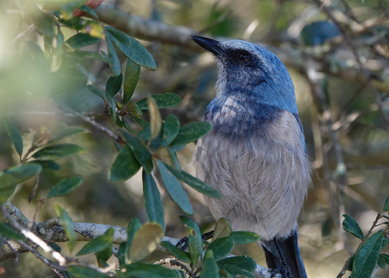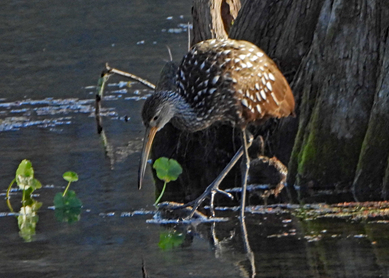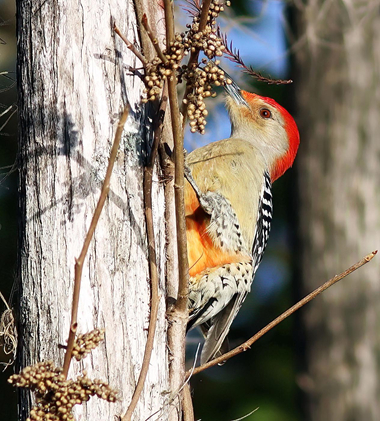
Home >> Newsletters > GreenFriends Newsletters > Q1 2022 Newsletter
| Home | Source Reduction | Friends of Green Friends | Newsletters |
| Gardening | Resources | What You Can Do | Embracing The Trees |
| Creating a Bird-Friendly Garden |
 A Merlin on the lookout, Courtesy Nancy Stephens. |
|
"Everything in Nature is a wonderful miracle. Isn’t the little bird flying through the vast sky a miracle?" - Amma In the past fifty years, we have lost one-third of the bird population of North America. That is about three billion birds. Gone. It would be like waking up one morning and realizing that one-third of the homes in your neighborhood had vanished. This did not happen suddenly, but slowly over time. There are many causes, but there are standouts:
The list of issues is daunting, but take heart, there are solutions. Some are easy and others will take time, energy, and effort. I will discuss some of them in this article and include more in future articles. |
 Louisiana Waterthrush courtesy Tom Hince |
| One shining example of a bird-friendly community is Amma’s Amritapuri Ashram. I visited in 2004 and 2008 and loved seeing and hearing the local birds. Now, each morning during live streaming from the Ashram, I am enthralled by the cacophony of bird song. Clearly, the birds are thriving there.
Here are a few steps you can take to create your own bird-friendly community, right where you are; your yard, your garden, your patio, your apartment balcony, your front or back porch. They are small scale but powerful.
If we all do something small, we can make something big happen for the birds! |
|||
|
|||
| Top | |||
|
On January 3, 2022, my local Audubon chapter, Marion Audubon Society, participated in the National Audubon Society’s 122nd Annual Christmas Bird Count. This annual count is done nationwide on any chosen date from mid-December through the first week in January. This allows each area of the country to choose the time that is best for bird counting. We had a total of 12 teams that covered the southwest corner of Marion County and a total of 37 birders counting in such diverse areas as the Rainbow and Withlacoochee rivers, the Halpata Tastanaki Preserve, and the Oak Run and On Top of the World communities to name a few. We counted 102 different bird species and a total of 5,621 birds! Due to the pandemic, we were unable to do the count for 2020; so this was doubly exciting. (See https://www.ocalagazette.com/claiming-1-3-of-our-birds-back/) The data from each team is compiled and sent to the National Audubon Society. It is then submitted to the Cornell University Lab of Ornithology where it is used to track the migration and population of our country’s birds. This is the value of ‘community science’. Ornithologists, scientists who study birds, cannot be everywhere. We are indeed the boots on the ground. To find out more about how you can support community science and the Audubon Society’s annual Christmas bird count or view the results from this year’s count, visit audubon.org. Small changes can make a big difference when it comes to supporting bird populations. With the small steps outlined above, we can contribute to creating bird-friendly habitats that help birds thrive in our own yards and communities. With a little effort and grace, the natural beauty birds bring to our world will increase and create joy for others, just like the birds we hear in Amritapuri when we tune in for Amma’s programs. "Life is filled with God’s light, but only through optimism will you experience that light. Look at the optimism of Nature. Nothing can stop it. Every aspect of Nature tirelessly contributes its share to life. The participation of a little bird, an animal, a tree, or a flower is always complete. No matter what the hardships, they continue to try, wholeheartedly." - Amma Sushant and Vallabha, Florida |
|||
|
Read about Winter Gardening from the Q1 2022 newsletter >>
| Home | Source Reduction | Friends of Green Friends | Newsletters | Resources | What You Can Do | Embracing The Trees |
For more information, e-mail info@greenfriendsna.org |
||||||


